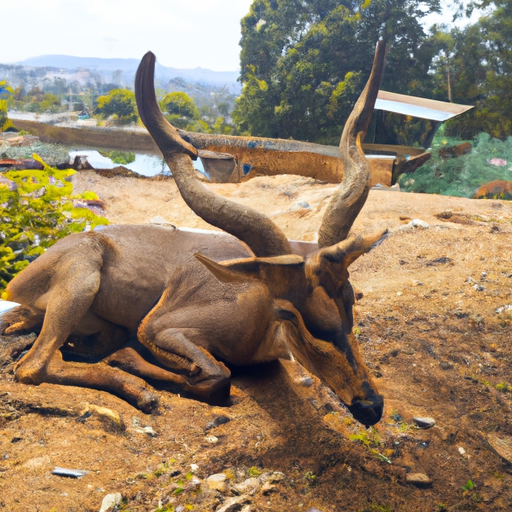 Introduction:
Introduction:
The Earth is home to a remarkable variety of animals, each uniquely adapted to thrive in specific habitats. From the depths of the oceans to the soaring heights of mountain ranges, animals have evolved to inhabit virtually every corner of our planet. This article aims to provide an in-depth exploration of several key habitats where animals reside, showcasing the incredible diversity of life that exists within each ecosystem.
1. Oceans:
Covering over 70% of the Earth’s surface, oceans are the largest habitat on our planet. Within this vast expanse, an extraordinary array of marine animals can be found. From microscopic plankton to gigantic whales, every part of the ocean supports life. Coral reefs, teeming with colorful fish and other invertebrates, are found in tropical regions. Cold-water ecosystems, like the Arctic and Antarctic, are home to ice-adapted species such as polar bears, penguins, and seals. The open ocean harbors pelagic species like sharks, tuna, and dolphins, while the deepest parts of the ocean are inhabited by unique organisms adapted to extreme pressure and darkness.
2. Forests:
Forests are vital ecosystems that support a myriad of animal species. Tropical rainforests, found near the equator, boast unparalleled biodiversity. Here, animals like monkeys, jaguars, toucans, and tree frogs thrive in the dense canopy. Temperate forests, characterized by four distinct seasons, are home to species like deer, bears, squirrels, and owls. In the taiga or boreal forests, located in high-latitude regions, animals such as wolves, moose, and lynx have adapted to survive in harsh, cold conditions. Lastly, the unique ecosystem of the rainforests of Australia houses species like kangaroos, koalas, and platypuses.
3. Grasslands:
Grasslands are expansive habitats dominated by grasses and herbaceous plants. These open landscapes can be found on every continent except Antarctica. The African savannah is renowned for its diverse wildlife, including lions, elephants, giraffes, and zebras. The North American prairies are home to bison, pronghorns, and prairie dogs. In the grasslands of South America, llamas, capybaras, and rheas roam. These habitats are characterized by a delicate balance of grazing animals and the predators that rely on them for sustenance.
4. Deserts:
Deserts, although seemingly inhospitable, are teeming with life uniquely adapted to survive the harsh conditions. From the Sahara in Africa to the Atacama in South America, deserts support a range of animal species. Desert dwellers exhibit incredible adaptations, such as the ability to store water, nocturnal behavior to avoid daytime heat, and specialized physiological mechanisms. Camels, kangaroo rats, scorpions, and venomous snakes are just a few examples of the fascinating animals that call deserts home.
5. Polar Regions:
The polar regions, including the Arctic and Antarctic, are extreme environments with frigid temperatures, icy landscapes, and limited food resources. Despite these challenges, a surprising variety of animals have adapted to thrive in these hostile conditions. Polar bears, Arctic foxes, and walruses navigate the icy waters and frozen terrain of the Arctic. Penguins, seals, and whales inhabit the Antarctic, enduring the harshest weather on Earth. These animals have developed specialized adaptations, such as thick blubber and insulating fur, to survive the extreme cold.
Conclusion:
Animals have evolved to inhabit a remarkable array of habitats, each presenting its own unique challenges and opportunities. From the depths of the oceans to the soaring heights of mountains, from lush rainforests to arid deserts, and from polar ice caps to expansive grasslands, animals have found ingenious ways to adapt and thrive. The diversity of life on our planet is a testament to the resilience and beauty of the natural world. Understanding and appreciating these various habitats is crucial for the preservation of our planet’s precious biodiversity.
